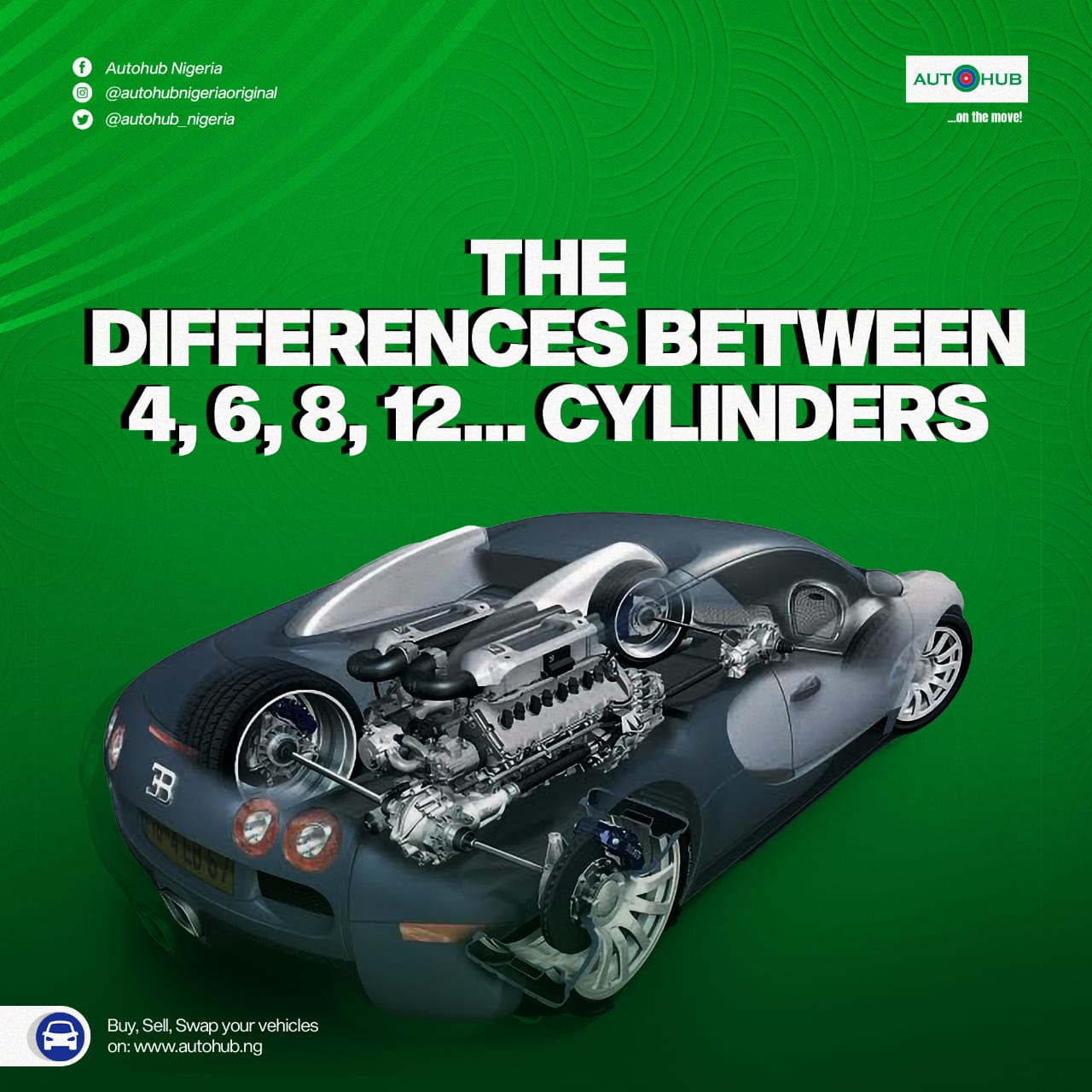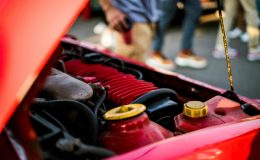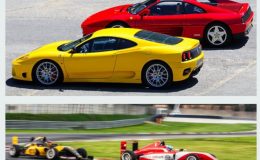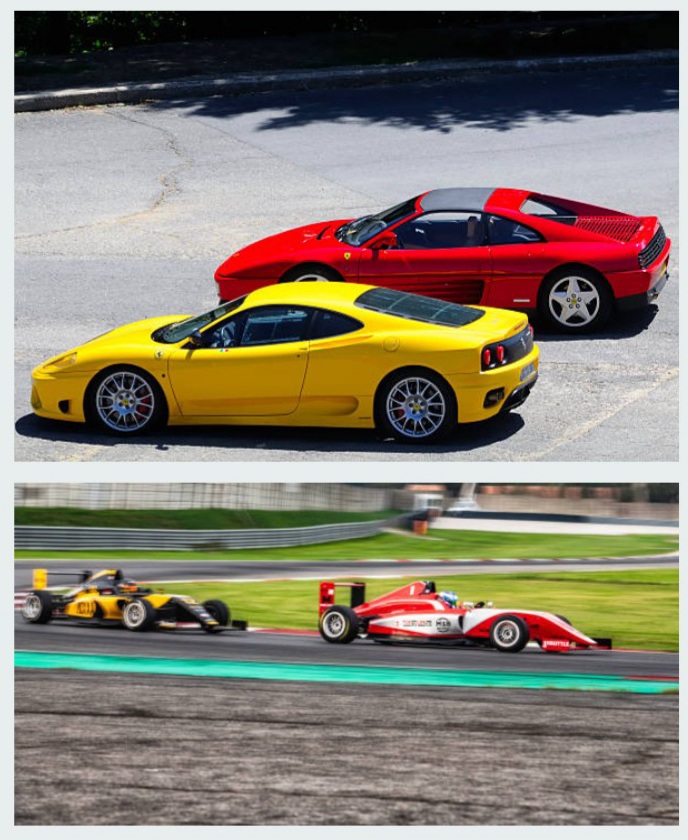The Differences Between 4, 6, 8, 12… Cylinders

You probably understand the importance of your car’s engine because without a working engine, you won’t get very far, but most of us don’t know much about how vehicle engines work. When identifying your car’s engine type, it usually comes down to the cylinders. So, what exactly is a cylinder? We’ll go over this, as well as some other engine parts you should know about.
Cylinders are an important part of your car’s engine. Whenever you look at the engine bay of either a newer or an older car, you’ll see the configuration as it’s usually quite noticeable even if it’s only just a quick glance. The cylinders are usually located in front and at the centre. Most of us associate the number of cylinders with power, and there’s nothing wrong with that. However, that isn’t always the case.
Car cylinders are a lot like the pot you use to cook your food. It’s not the cylinder itself that is powerful, but what it holds. Car cylinders contain fuel; the more cylinders you have, the more fuel you can use at one time. It’s the same with cooking pots and pans. You can’t cook 2 litres of soup in a 1-litre pot.
Now with that said, let’s briefly touch on a few parts:
The cylinders – are made of durable metal and are sealed at one end. The other end opens and closes. The cylinder has a tight-fitting piston that slides up and down, and two valves that open and close to let something in or shut everything out.
Intake valve – lets fuel and air into the cylinder (from the carburetor or injector).
Exhaust valve – allows exhaust gases to escape.
Spark plug – sits at the top of the cylinder and it creates a spark that ignites the fuel.
Piston – is located at the bottom of the cylinder and is attached to a shaft called the crankshaft.
Crankshaft – provides power to the car’s transmission and drives the wheels.
The real difference between 4, 6, 8, 12… cylinders
If you should only know one thing about car engines, it should be the difference between a 4-cylinder, 6-cylinder, 8-cylinder, & a 12-cylinder engine (could be more – it was intentional to use the image of a W-16 Bugatti engine in the title-graphic). Since cylinders are like cooking utensils that hold fuel, the more you have, the more fuel you burn. When you have more cylinders, you create more motion to turn the crankshaft, which provides more power to the car. But as you may have discovered by now, more cylinders also mean you’ll burn a lot more fuel, and faster.
That’s why faster or more powerful cars are almost always less fuel-efficient than most economy cars. But don’t make the mistake of thinking that more cylinders equals a faster car. Again, that is not always the case. In fact, most trucks and pick-ups use 6, 8, 10 or even 12-cylinder engines in some cases – but you won’t see an F150 winning a race against a regular sized 6-cylinder sports car. More cylinders mean more power, period. The design of the car, however – dictates how that power is distributed. And modern technology to add to that, has usurped “size” – redefining how much power can be gotten out of “smaller” engines via the manipulation of air – “forced induction” through a modified air intake contrivance based on the principle that more air in the combustion process greatly creates a higher of output of power, and they are usually called Turbochargers or Superchargers. Slight variation in how they operate, however, they both carry out similar functions nonetheless.
Also, pistons matter a lot during this stage – as you might imagine (or not imagine), pistons are subjected to a lot of heat and pressure during all combustion processes. When the pistons are able to move with more force, the combustion will be more powerful, and the car will in turn move with more force.
Conclusion
When choosing between a 4, 6, 8, 10, or a 12-cylinder engine, it’s all about personal preference. If fuel economy is most important to you, you’ll want an inline 4-cylinder engine. If you want to balance fuel economy and speed, then I strongly urge you to consider a 4-cylinder turbocharged engine which can be found in many German sub-compact, compact and mid-size luxury category of vehicles post 2015. To get pure power, a 6-cylinder turbocharged engine may be right for you. Then if you’ve got the means and fuelling (especially now that a sizeable chunk of our income goes into this – God abeg O) isn’t really a problem for you, and you really really long for that your dream powerful ultra-high performance V8 car – then by all measure go for it! There are few pleasures in life; driving the ultimate behemoth is definitely amongst that list…
And as you may know, the best way to determine which car is best for you is to carry out research on it first then take it out for a test drive to see if its performance on an open road will fulfill your heart’s desire but please don’t forget your pocket level O at the end of the day.
Do have yourself a pleasant drive. And as always, thanks for taking out your precious time to read this piece.











No Comments